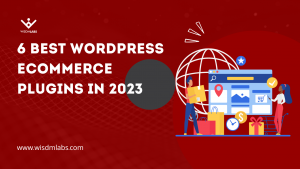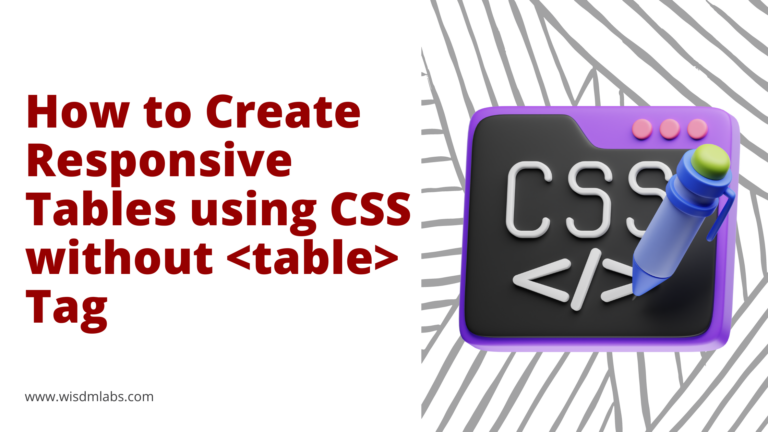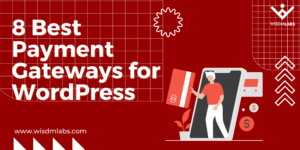
HubSpot says, 80% of consumers consider pricing as a major deciding factor when shopping online.
While the quality of the product and other factors are important, let’s face it – your eCommerce business will sink in the ocean if you have a poorly planned pricing strategy.
The competition is cut-throat and to beat it, a tactic that works best is the Dynamic pricing & Discount strategy.
What is Dynamic Pricing and Discounting?
Dynamic pricing – a principle based on which you give flexible pricing to customers- has always been around. But, lately, it has taken the eCommerce space by storm. Lots of online stores are using this strategy to increase profitability while implementing different discounting techniques to allow buyers to purchase products at a price so good that it’s difficult to let go.

Well, on the face of it, discounts may seem scary. You worry about them eating into your profits and hampering the brand image. But, if implemented properly, they can do wonders without compromising revenue or branding.
Dynamic pricing is a complicated strategy but, using the right plugin makes it easier to apply complex pricing rules on your WooCommerce store. After all, it is the need of the hour!
What are the Benefits of Smart and Variable Pricing strategies in eCommerce?
Dynamic or personalized pricing is a smart discounting strategy that helps you:
- Maximize store profit margins and sales
- Become aware of market trends
- Add a competitive edge
- Increase demand
#1 Maximize WooCommerce profit margins and sales
Giving discounts is the most popular method almost every eCommerce store uses to attract customers and boost sales.

However, using WooCommerce dynamic price discount techniques like BOGO, cart discounts or group discounts smartly to offer compelling prices, you’re sure to shoot up profits. These discounts are not for everyone and hence don’t eat up into your revenue like store-wide sales.
#2 Identify customer trends
Using this strategy, you’ll be gathering a lot of information about your customers. This will help in analyzing their buying behavior and patterns to then help you effectively to set prices and discounts in the future.
#3 Get a competitive edge
To stay ahead, you don’t have to always sell at a price lower than your rivals as low prices can sometimes be perceived as low-quality.
Instead, with dynamic pricing, you can develop a whole new strategy by adopting personalized pricing techniques for users, groups, or by category, etc. to stay ahead of your game.
#4 Shoot up demand
You may witness an increase in demand for a particular product on your website after price cuts or discounts. This gives you an opportunity to gradually increase the price or adjust discounts, as part of your dynamic pricing strategy.
Are there Drawbacks of Dynamic Pricing and Discount Strategies?
#1 Monitoring the competition
Using a plugin to apply dynamic pricing for your WooCommerce store is quite simple but, keeping an eye on the pricing strategies competitors are adopting is a difficult task that requires additional investment in systems required to do that.
#2 Customer alienation
Due to its popularity, many WooCommerce players are using this strategy in the industry. Sometimes, customers end up paying more for the same or identical product and this is only natural but it may land you a bad review or hamper the brand image.
#3 Impact on customer loyalty
If the customer is affected by the surge pricing strategy of your business, then he/she may not return to your site to purchase anything.
10 Flexible Pricing and Discount Strategies for e-Stores
Before diving right in, it’s important to understand different types of Pricing & Discount strategies that would, in fact, work. These could be based on several conversion factors like urgency, FOMO, or simply offer a perceived benefit.
Some sure-fire tactics you can adopt include:
1. Time-based pricing
Simply put, the price of a product/item will rise or fall based on time. For e.g: Booking an airline ticket 3 months in advance will be cheaper but, as the date of journey nears, the fare increases.
2. Location-based pricing
Based on geography, the supply and demand of an item can vary. For e.g: If you’ve ordered a product online and the delivery is in a remote area, you can charge more than the normal price due to geographical access.
3. Behavior-based pricing
Customer’s behavior on your website can influence pricing. For e.g: If a customer has visited your website 3 times and has added items to the cart but never purchased. Maybe offering a small discount can help in converting the customer.

4. Demand-based pricing
Product popularity opens an opportunity for dynamic pricing. For e.g: If a cell phone is in demand and is going out of stock quite often. In this case, you can increase the price once its back in stock.
5. Competition based
You can easily make changes or adopt different options based on the pricing strategy followed by your competitors. For e.g: You can offer prices lower than your competition or follow the market price or overprice the product depending upon the conditions.
6. Product category based pricing
Offer discounts by managing prices for a particular product category. For e.g: If you have a category called ‘Clothing’, you can set flat discounts on that specific category. Show special discounted products on the personalized shop page to users with a product catalog.

7. Quantity based or tiered pricing
Create ample offers based on the quantity added to the cart. This can be helpful especially to entice the wholesalers or bulk purchasers. For e.g: You can offer two products at the price of one. ‘Buy 1 Get 1 Free’ offer!
8. User role or customer-based pricing
You can increase memberships by setting a discount rate for different user roles like wholesalers, individual customers, managers, etc. For e.g: 10% discounts to individual customers, 25% to wholesalers.
9. Group-based pricing
Set prices as per customer segments or groups to boost loyalty amongst all sections. For e.g: Offering special discounts to registered teachers purchasing books from your shop.
10. Cart discount rules
Entice people to complete the sale by offering personalized discounts for the items added to the cart. Automatically trigger offers to different users like guest users, repeat buyers or first-time visitors by displaying custom cart messages. For e.g: Higher discounts on larger cart totals,‘Buy products worth $500 and get 20% Off on the cart total’ or ‘Add $100 to save an additional 10% on your cart’.
Now that we’re aware of the benefits, reasons, strategies, and drawbacks, the next step is to see,
How to Implement Pricing and Discounts on your WooCommerce store?
 Well, after setting up your WooCommerce store, you can almost immediately implement different pricing strategies for your products using dynamic pricing plugins.
Well, after setting up your WooCommerce store, you can almost immediately implement different pricing strategies for your products using dynamic pricing plugins.
There are several dynamic pricing plugins you can install for free. However, selecting the right one for your store can be a confusing task.
Depending on the scale of your business and different discounting requirements, you can research and decide the plugin that fits your needs. To begin with, you can try – the WISDM Customer Specific Pricing.

The Wisdm Customer Specific Pricing plugin helps you:
- set special prices for customers, user roles, or groups
- reward quantity-based or tiered discounts for bulk buyers
- set pricing rules for certain product categories
- create personalized discounts based on the value of items added in the cart
Making the Right Choice
In times of intense competition in the eCommerce space, adopting custom discounts strategy is probably one of the most logical options available at your disposal. Being flexible in your pricing and using dynamic pricing smartly is what will make all the difference and help you stand out from your competitors.
As a store owner, you want to become an Amazon of your industry, I hope we’ve helped you make the right decision? Let us know in the comments 🙂










